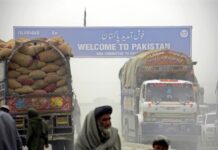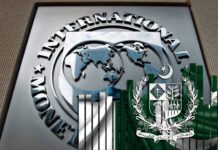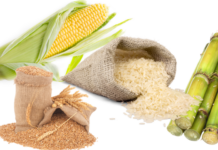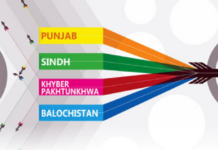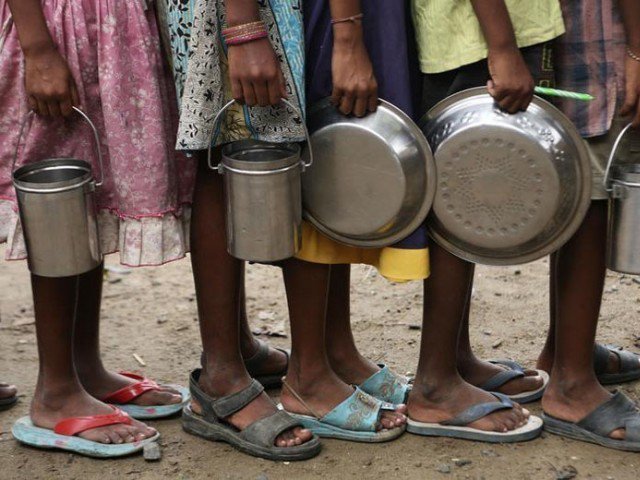The World Bank has said that Pakistan’s poverty rate has declined to 22.2%, with an expected decline to 21.5% by the end of the fiscal year. However, the bank cautioned that the country’s current economic growth rate of 3% is insufficient to significantly improve living standards or address poverty in the long term.
The World Bank’s annual Pakistan Development Update report highlights that the poverty reduction was based on simulations using 2019 consumption data, as the latest consumption data remains unavailable. The report also revised Pakistan’s economic growth forecast upward to 3% for this fiscal year, slightly better than the previous estimate of 2.7%.
Despite the positive shift in poverty figures, World Bank economist Mukhtarul Hasan emphasized that these improvements were insufficient to raise living standards, and the growth rate does not fully address the economic challenges faced by the population.
Christina Wieser, the bank’s lead poverty expert, clarified that the recent poverty estimate was based on assumptions about sectoral growth translating into wage increases, which may not fully reflect the situation on the ground, especially in sectors like construction, where wages remain low.
The report underlined the vulnerability of rural households, particularly those affected by the 2022 floods, which continue to impede poverty reduction efforts. Additionally, the bank warned that the flood-induced agricultural losses and rising food inflation would slow down poverty reduction, with poverty projected to decrease only modestly to 20.6% by 2027.
Further, the World Bank highlighted fiscal risks, noting that the current budget’s optimistic growth and revenue targets are unlikely to be met. The report criticized the proposed increase in provincial surpluses, warning that this could be undermined by low revenue performance and rising expenditure pressures, especially in flood-affected areas.
On the external front, the World Bank raised concerns about the impact of the floods on food inflation, which is expected to peak at 7.2% this fiscal year. The current account is projected to remain in a slight deficit, with remittances and lower oil prices offering limited offset against rising food imports.
The report also called for greater transparency in Pakistan’s exchange rate market, recommending the phasing out of ad-hoc interventions and the development of a more liquid and competitive interbank market. It warned that Pakistan’s exports are at risk due to new standards introduced by the European Union, highlighting the vulnerability of key export sectors.
The World Bank projected that Pakistan’s fiscal deficit would remain elevated at 5.4% of GDP for FY26, with flood-related spending adding pressure. Public debt is expected to stay high at 76% of GDP due to continued financing needs and debt repayments.



